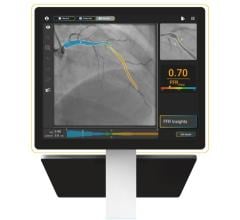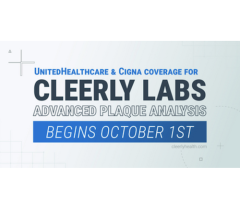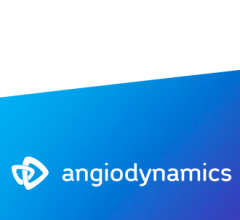
September 13, 2021 — Early coronary angiography in out-of-hospital cardiac arrest (OHCA) patients without ST-segment elevation on ECG is not superior to a delayed, selective approach, according to late breaking TOMAHAWK trial presented at the European Society of Cardiology (ESC) Congress 2021.[1]
The usefulness and timing of coronary angiography in OHCA survivors without ST-segment elevation are uncertain. In up to one-third of these patients, acute myocardial infarction is the cause of cardiac arrest,[2] suggesting that diagnostic coronary angiography and potential percutaneous coronary intervention could be beneficial.
ESC guidelines recommend considering delayed, as opposed to immediate, angiography among hemodynamically stable patients without ST-segment elevation successfully resuscitated after OHCA.[3] This was based on the randomized COACT trial, which found that an unselected immediate invasive strategy was not superior to a delayed invasive strategy.[4] The guidelines stated that ongoing trials such as TOMAHAWK would further define the possible benefit of an early invasive approach.
“TOMAHAWK was the second and largest randomized trial addressing the question of early coronary angiography in OHCA patients without ST-segment elevation. Like the COACT trial we found that early angiography was not superior to a delayed/selective approach. COACT was restricted to patients with shockable rhythm and TOMAHAWK extends the findings to patients with non-shockable rhythm," explained principal investigator Professor Steffen Desch, M.D., clinical director, the Heart Centre Leipzig, Germany.
“In TOMAHAWK, the higher rate of death or severe neurological deficit in the immediate angiography group is only hypothesis-generating. However, the results of the trial suggest that patients without a significant coronary lesion as the trigger of cardiac arrest do not benefit from an invasive approach and might even be harmed,” he said.
The randomized, open-label TOMAHAWK trial examined whether immediate coronary angiography for treating or ruling out acute coronary events in OHCA survivors without ST-segment elevation is beneficial for all-cause mortality at 30 days, compared with initial intensive care unit (ICU) assessment and delayed/selective angiography.
The trial enrolled patients age 30 years or older with successful resuscitation after OHCA, possible cardiac cause of arrest and absence of ST-segment elevation on post-resuscitation ECG. Patients with shockable and non-shockable rhythms were included.
A total of 554 patients were randomized at hospital admission in a 1:1 fashion to immediate coronary angiography or initial ICU assessment with delayed angiography if indicated. Intensive care treatment was administered according to guidelines on post-resuscitation care[5] and the decision to perform angiography or not was left to the discretion of treating physicians in the delayed/selective group. The primary endpoint was all-cause mortality at 30 days.
The primary endpoint occurred in 143 patients (54.0%) assigned to immediate coronary angiography and 122 patients (46.0%) in the delayed/selective angiography group (hazard ratio 1.28; 95% confidence interval [CI] 1.00–1.63; log-rank p=0.058). No differences in the primary endpoint were observed in pre-specified subgroups, including those with shockable versus non-shockable rhythm.
The composite secondary endpoint of all-cause death or severe neurological deficit at 30 days occurred more frequently in the immediate angiography group (relative risk 1.16; 95% CI 1.002–1.34). Other secondary endpoints such as length of ICU stay, peak troponin release, myocardial infarction or rehospitalization for congestive heart failure did not differ between groups. There were no differences between groups in safety endpoints including moderate or severe bleeding, stroke and acute renal failure requiring renal replacement therapy.
The study was supported by the DZHK (German Centre for Cardiovascular Research).
Find more ESC Hot Line late-breaking study news
References:


 October 24, 2025
October 24, 2025 









